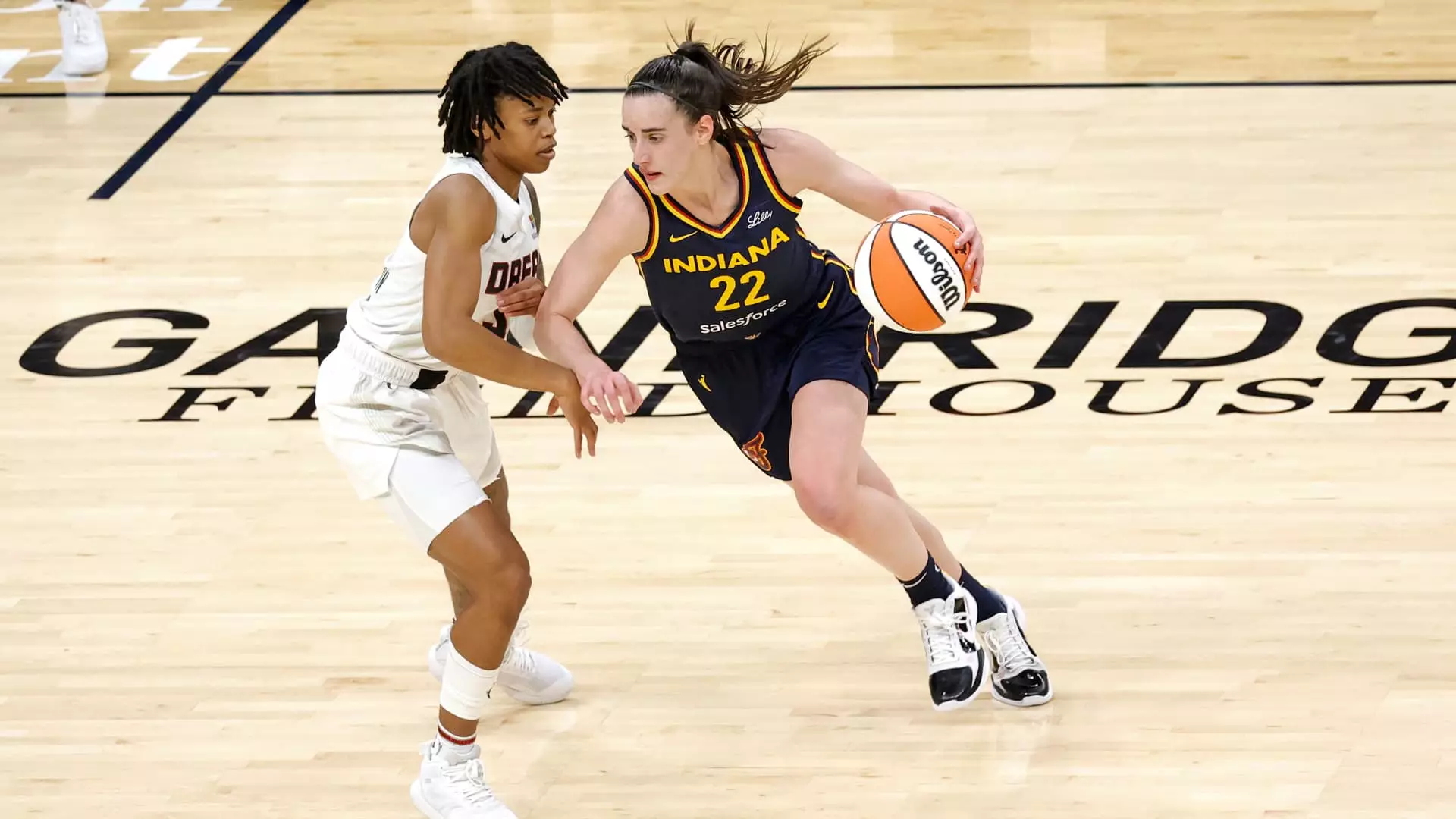The Women’s National Basketball Association (WNBA) has undergone a remarkable transformation during the 2024 season, witnessing an unprecedented rise in viewership and attendance that has set new benchmarks for women’s sports. With the emergence of dynamic young players such as Caitlin Clark and Angel Reese, the league has captivated the attention of basketball fans and the broader sports community alike. In this article, we will explore the key factors contributing to this remarkable growth, the impacts of increased visibility, and the challenges that come with success.
The numbers from the 2024 season speak volumes about the WNBA’s increasing appeal. The league reported over 54 million unique viewers, an all-time high, across major broadcasting platforms, including ABC, ESPN, CBS, and even NBA TV. This is not merely a spike; it’s a significant leap that surpasses all previous seasons, highlighting the growing interest in women’s basketball.
Attendance figures were equally impressive, hitting their highest levels in over two decades, with almost a 50% increase compared to the previous year. A staggering 154 sellout games were reported, a feat that more than tripled the 45 sellouts of 2023. This indicates not only a boost in fan engagement but also reflects a broader cultural shift where women’s sports are being recognized as valuable spectacles in their own right. The surge in attendance can be attributed to a combination of star power from rising talents and the commitment of teams to create engaging in-game experiences.
Rising Stars and Competitive Play
At the heart of this resurgence is an exhilarating rookie class featuring players like Caitlin Clark and Angel Reese. Clark’s impact on the Indiana Fever has been profound, as the team experienced a dramatic increase in attendance—over fourfold—far surpassing other teams, including the Los Angeles Sparks. When young athletes display remarkable talent on the court, they inspire a new wave of fans, driving interest and investment in the league.
In addition to the excitement surrounding dynamic players, the competitive landscape has intensified. The Las Vegas Aces’ pursuit of a third consecutive championship provides a narrative thread that enhances the playoff season’s drama. As teams vie for the title, fans are more inclined to engage with the league, underscoring the notion that a competitive yet supportive environment will foster a loyal fan base.
Merchandise and Social Engagement Explosion
The popularity of the WNBA transcends the arena with considerable growth in merchandise sales and social media engagement. The league’s digital presence catalyzed nearly 2 billion video views on social media platforms—an increase of over four times from the previous year. This digital strategy not only keeps fans connected to their favorite teams and players during the off-season but also serves as a tool to attract new fans from diverse demographics.
Merchandise sales are reflective of the emotional investment fans are making in the sport. The proliferation of player jerseys, memorabilia, and other items signifies that fans are eager to showcase their support. This uptick in engagement creates a feedback loop where increased visibility encourages merchandise purchases, further enhancing the financial viability of the league.
Media Rights and Future Prospects
The WNBA’s surge in popularity has not gone unnoticed, leading to a lucrative new media rights agreement valued at $2.2 billion over 11 seasons. This milestone contract, negotiated alongside the broader NBA agreement, underlines the rising financial prospects of women’s sports. Previously marginalized in the sports media landscape, the WNBA is now positioned to capitalize on its increased viewership, ensuring that the league not only survives but thrives.
Looking to the future, the announcement of a 15th team set to debut in Portland by the 2026 season suggests that the WNBA is in an expansion phase. This expansion represents not just a growth in geographical reach but also a commitment to fostering greater participation and representation in women’s sports.
Despite these positive strides, there are underlying challenges that the league must address. Reports of online harassment and racism targeting players have emerged alongside the growth. It’s essential for the league and its leadership to actively combat this negativity and foster an environment where all players feel safe and supported. WNBA Commissioner Cathy Engelbert’s statements on this matter elicited mixed reactions, underscoring the need for clear condemnations of hate and a united front against discrimination.
The 2024 season stands as a potential watershed moment for the WNBA, marked by record viewership, remarkable young talent, and significant media rights deals. As the league moves forward, it must continue to harness this momentum, build on its successes, while also addressing the challenges that threaten to undermine the progress made. The story of women’s basketball is one of resilience, and if this season is any indication, its trajectory is only going upward.

